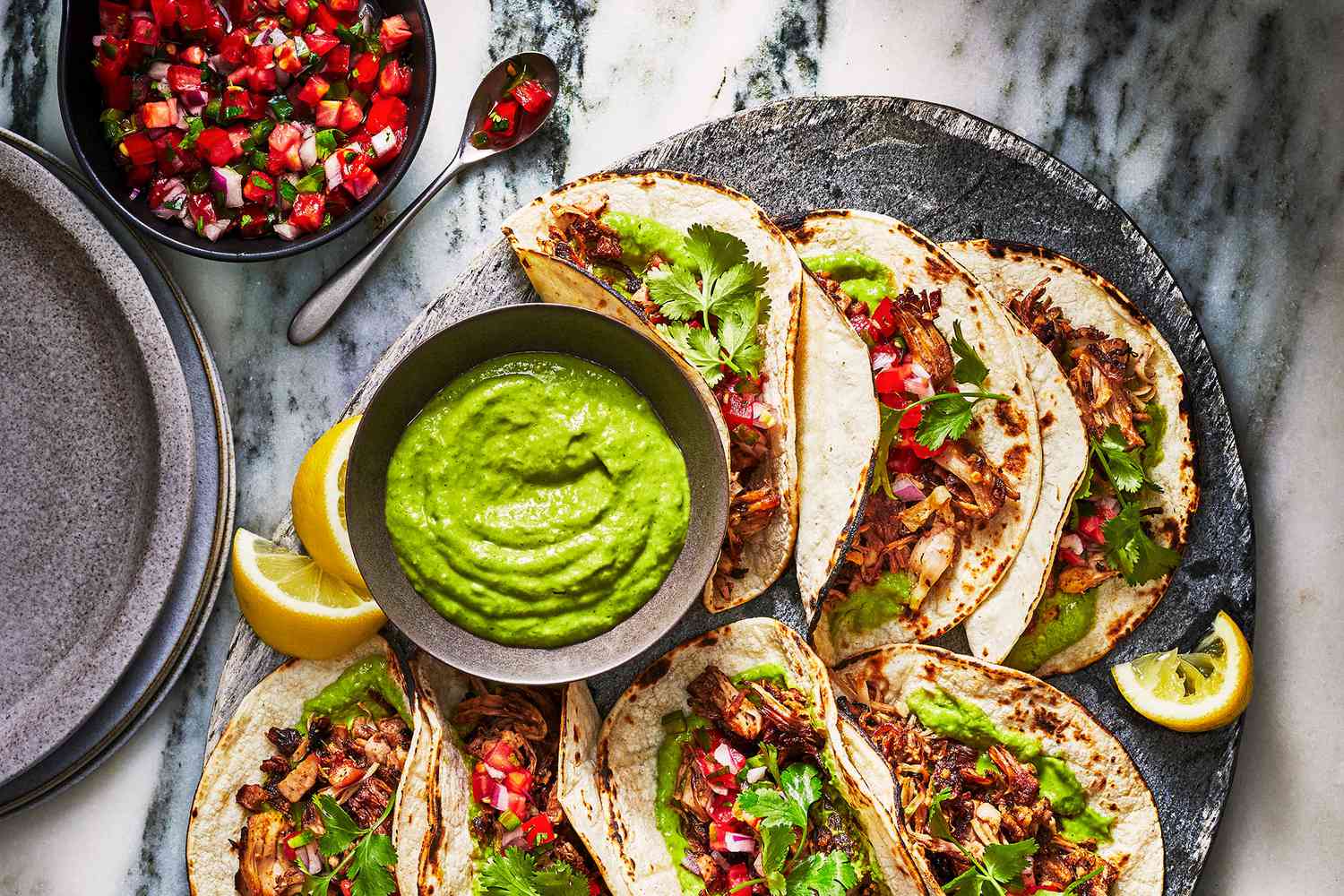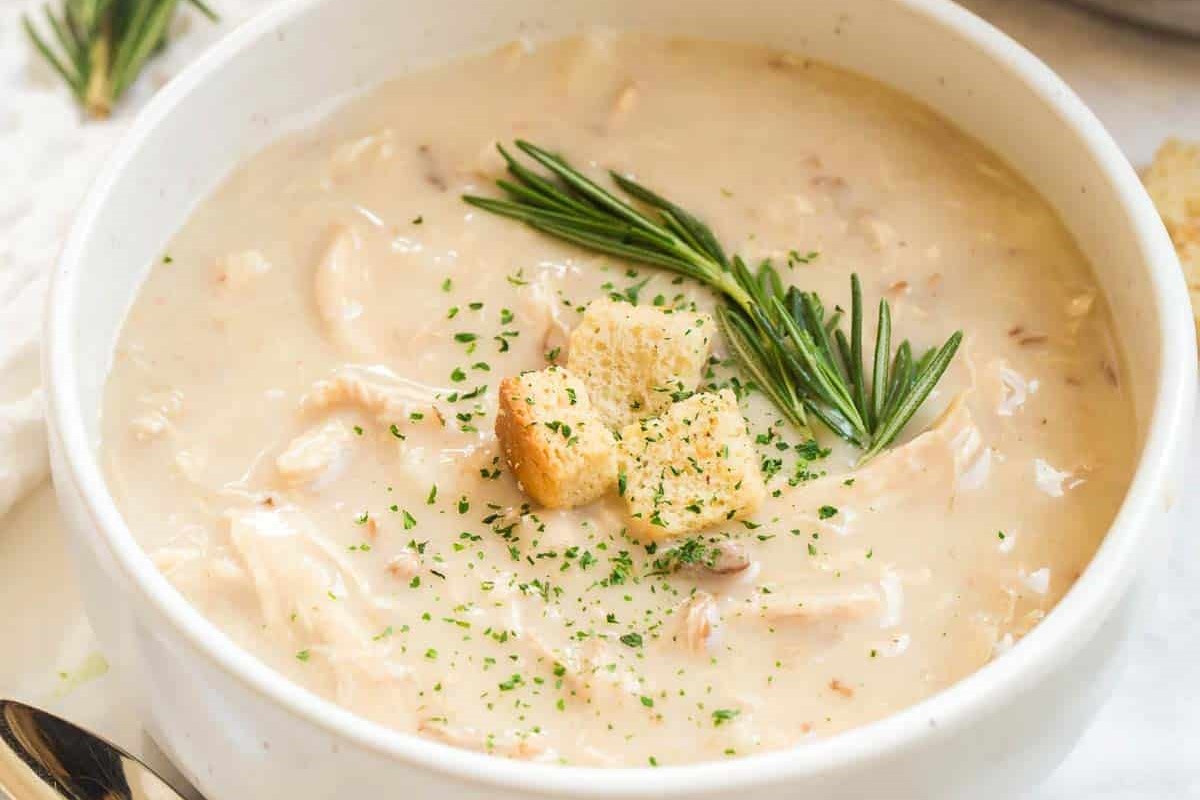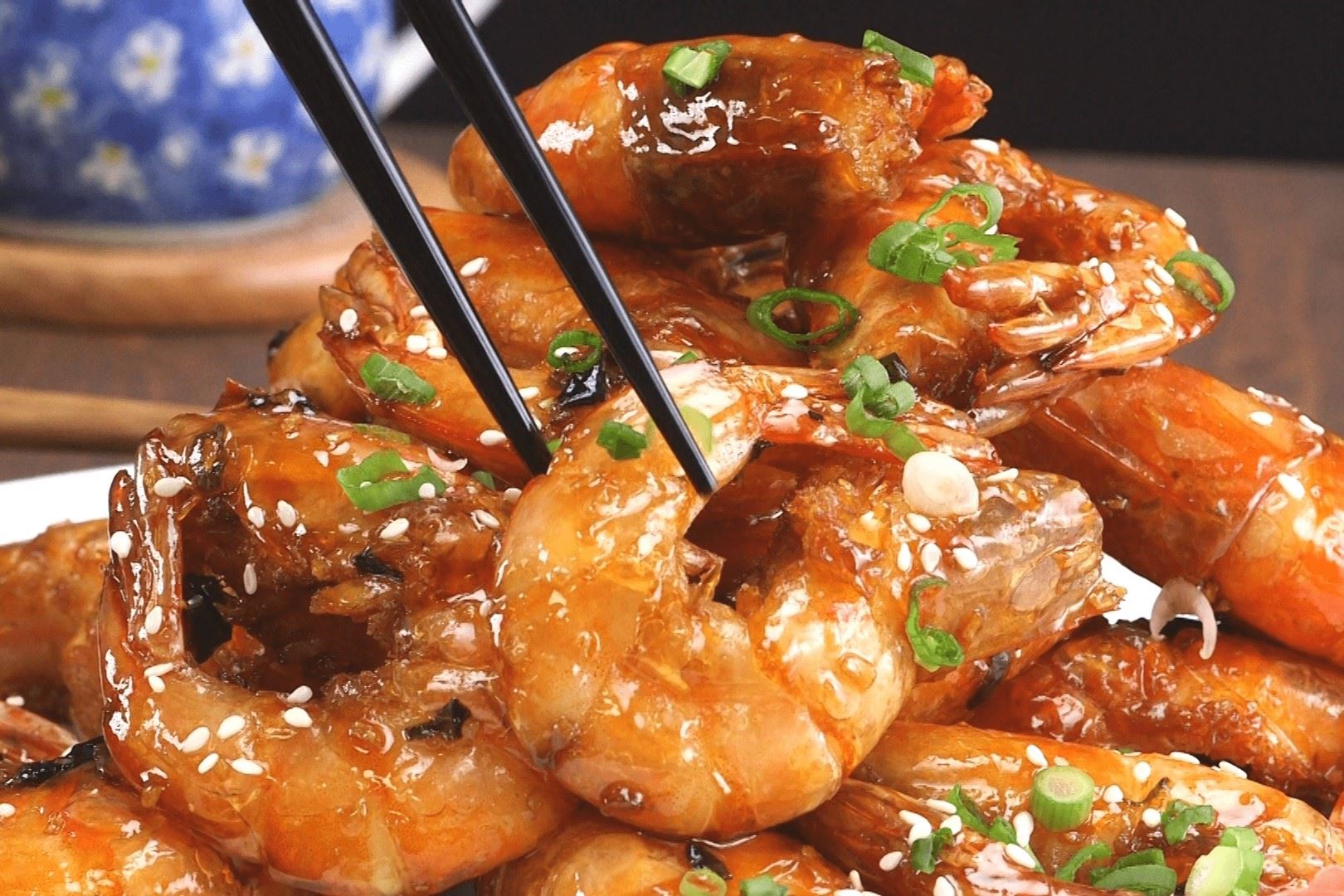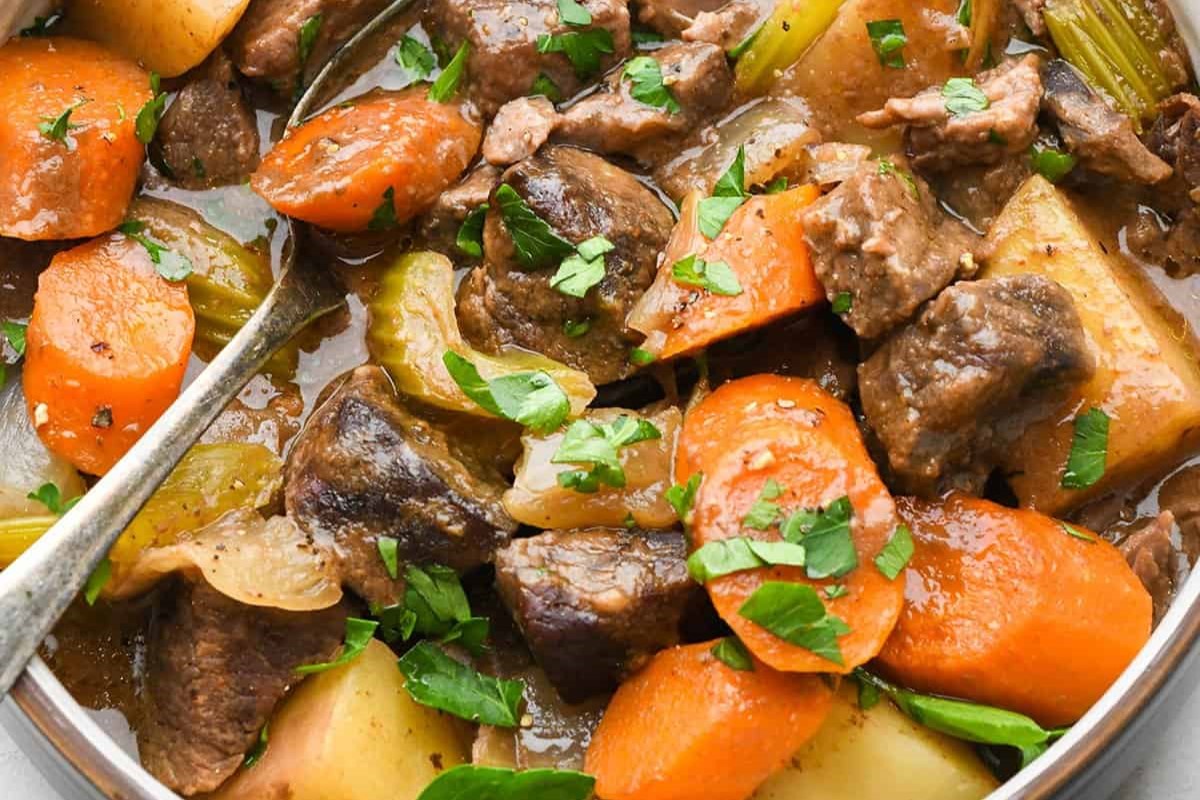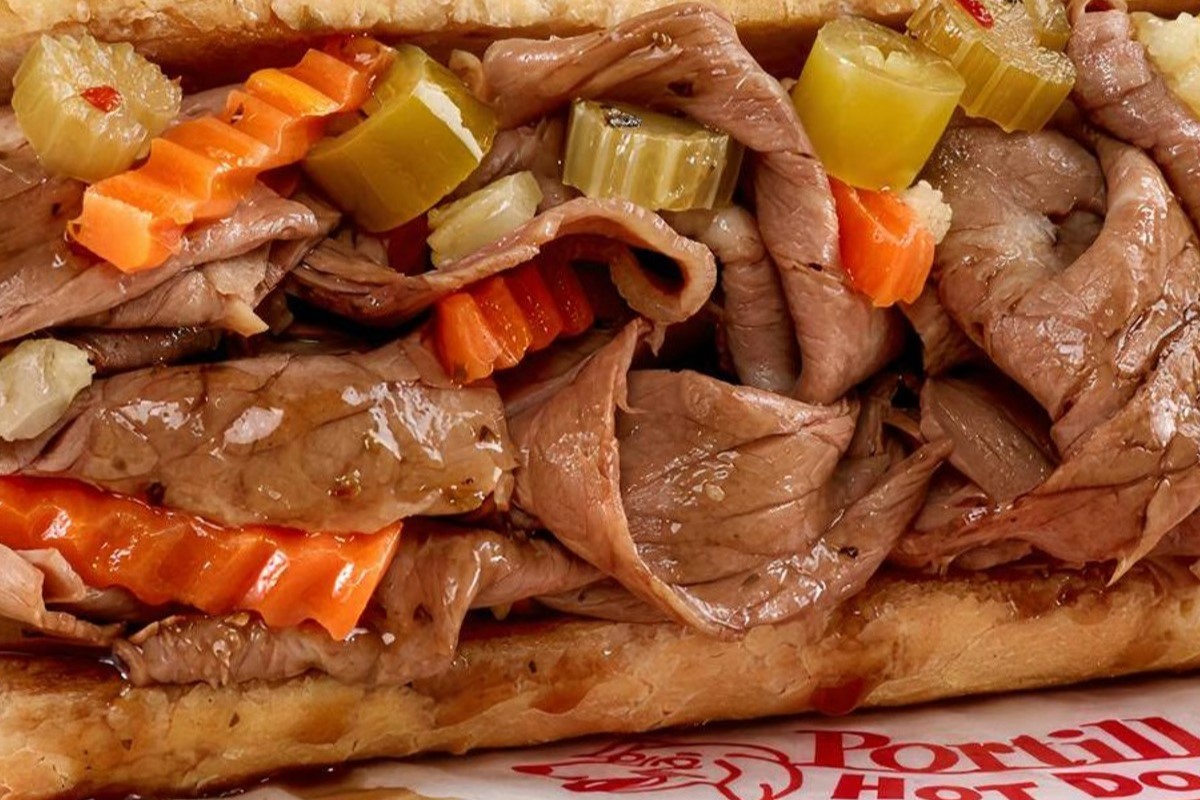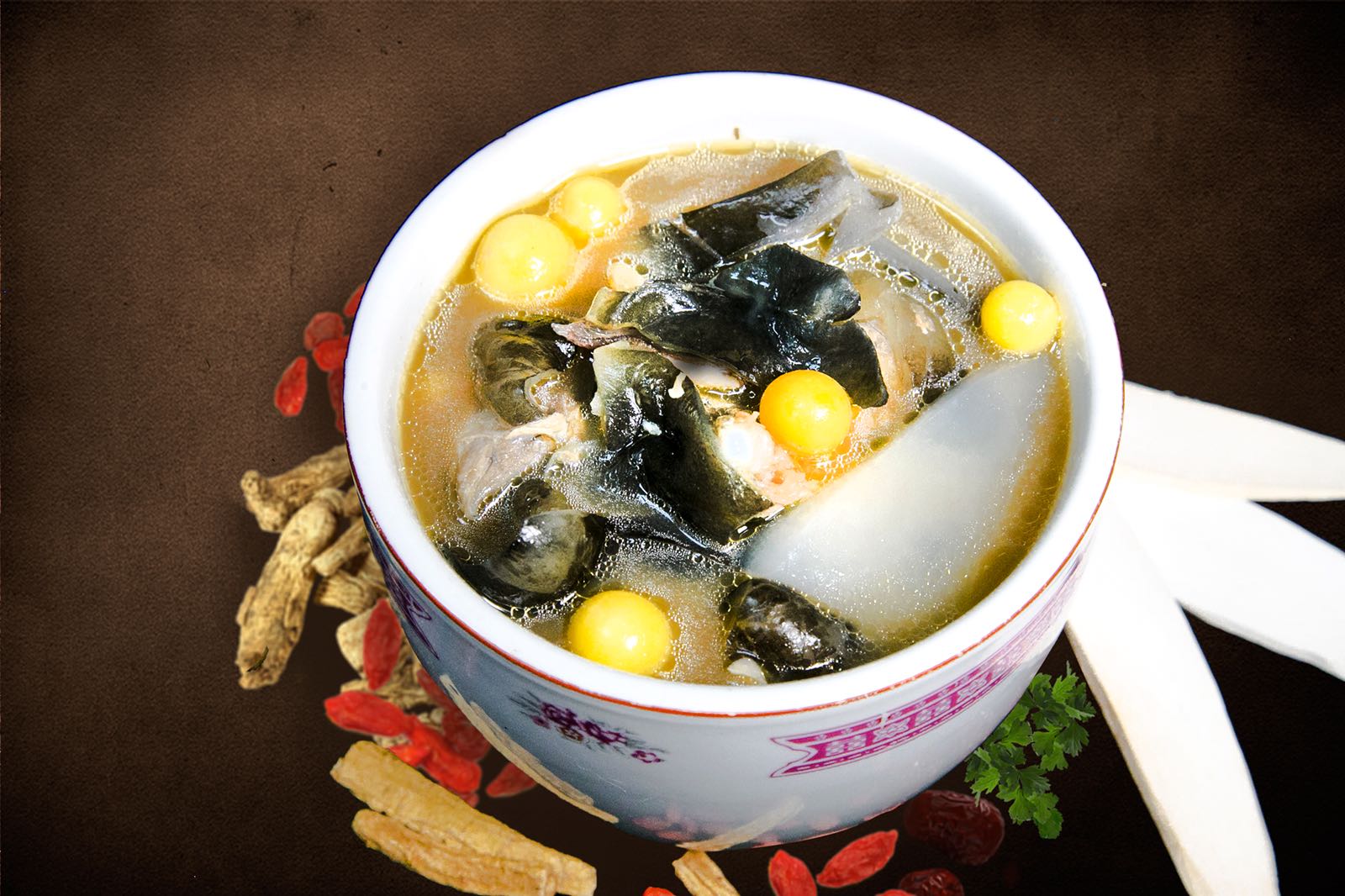Home>Food and Cooking>Delicious Recipes Using Fenugreek Leaves
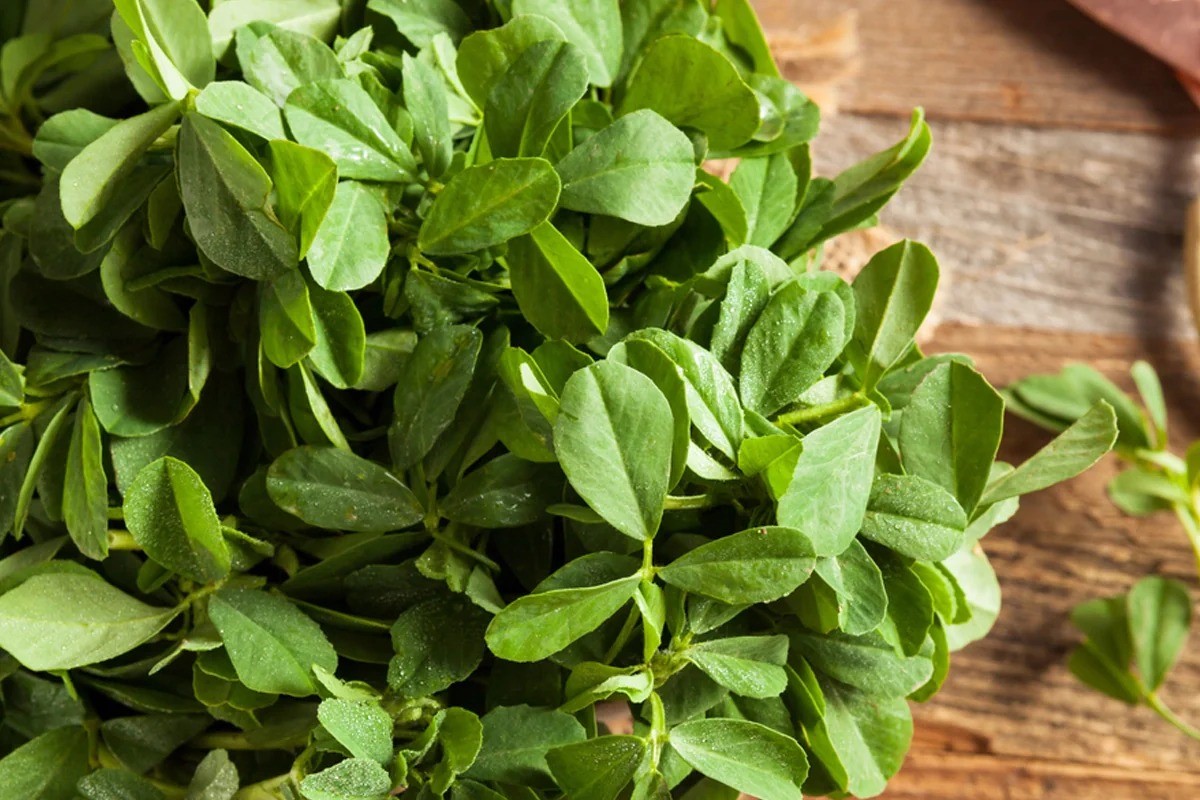

Food and Cooking
Delicious Recipes Using Fenugreek Leaves
Published: January 31, 2024
Discover mouthwatering recipes using fenugreek leaves to elevate your cooking. Explore a variety of flavorful dishes that showcase the versatility of this ingredient. Unleash your culinary creativity with our collection of fenugreek leaf recipes.
(Many of the links in this article redirect to a specific reviewed product. Your purchase of these products through affiliate links helps to generate commission for Noodls.com, at no extra cost. Learn more)
Table of Contents
Introduction
Fenugreek leaves, also known as methi, are a popular ingredient in many culinary traditions, particularly in Indian, Middle Eastern, and North African cuisines. These small, tender leaves are packed with a unique flavor profile that adds depth and complexity to a wide range of dishes. With their slightly bitter taste and aromatic fragrance, fenugreek leaves are a versatile ingredient that can elevate the flavor of both vegetarian and non-vegetarian dishes.
In this article, we will explore the diverse uses of fenugreek leaves in cooking, from their health benefits to their culinary applications. Whether you are a seasoned cook looking to expand your culinary repertoire or a curious food enthusiast eager to explore new flavors, this guide will provide you with valuable insights and delicious recipes that showcase the incredible potential of fenugreek leaves.
So, join us on a flavorful journey as we delve into the world of fenugreek leaves, uncovering their health benefits, exploring the various ways to incorporate them into your cooking, and discovering mouthwatering recipes that celebrate the unique taste of this wonderful herb. Whether you are a fan of exotic spices or simply love to experiment with new ingredients, fenugreek leaves are sure to captivate your taste buds and inspire your culinary creativity.
Health Benefits of Fenugreek Leaves
Fenugreek leaves are not only prized for their distinct flavor and aromatic qualities but also for their impressive array of health benefits. Packed with essential nutrients, these vibrant green leaves offer a wealth of advantages that contribute to overall well-being. From promoting digestion to supporting heart health, fenugreek leaves are a valuable addition to a balanced diet. Let's delve into the numerous health benefits that these versatile leaves have to offer.
-
Rich in Nutrients: Fenugreek leaves are a good source of vitamins and minerals, including vitamin A, vitamin C, vitamin K, and minerals such as calcium, iron, and potassium. These nutrients play a crucial role in supporting various bodily functions, including bone health, immune function, and blood clotting.
-
Digestive Health: The high fiber content in fenugreek leaves can aid in digestion and promote bowel regularity. Additionally, fenugreek leaves are known for their potential to soothe gastrointestinal discomfort and support a healthy digestive system.
-
Blood Sugar Regulation: Studies suggest that fenugreek leaves may help regulate blood sugar levels, making them beneficial for individuals with diabetes or those at risk of developing the condition. The soluble fiber and compounds present in fenugreek leaves are believed to contribute to improved glycemic control.
-
Heart Health: Fenugreek leaves contain compounds that may support heart health by helping to regulate cholesterol levels. By including fenugreek leaves in your diet, you may contribute to maintaining healthy cholesterol levels and reducing the risk of cardiovascular diseases.
-
Antioxidant Properties: The antioxidant properties of fenugreek leaves can help combat oxidative stress and protect the body from the damaging effects of free radicals. Antioxidants play a crucial role in reducing the risk of chronic diseases and supporting overall health.
-
Anti-inflammatory Effects: Fenugreek leaves are known for their anti-inflammatory properties, which can help reduce inflammation in the body and alleviate associated symptoms. Incorporating fenugreek leaves into your diet may contribute to managing inflammatory conditions.
-
Supports Lactation: In traditional medicine, fenugreek leaves have been used to promote lactation in breastfeeding mothers. The galactagogue properties of fenugreek leaves may help stimulate milk production and support nursing mothers.
Incorporating fenugreek leaves into your culinary repertoire can not only enhance the flavor of your dishes but also provide a myriad of health benefits. Whether enjoyed in savory curries, aromatic stews, or nutritious salads, fenugreek leaves offer a delightful way to elevate your meals while nourishing your body with their valuable nutrients and health-promoting properties.
How to Use Fenugreek Leaves in Cooking
Fenugreek leaves, or methi, are a versatile ingredient that can be used in various culinary applications to impart a unique flavor and aroma to dishes. Whether used fresh or dried, fenugreek leaves add a delightful depth to both vegetarian and non-vegetarian recipes. Here are several creative ways to incorporate fenugreek leaves into your cooking:
Fresh Fenugreek Leaves
When using fresh fenugreek leaves, consider the following methods:
-
As a Flavorful Garnish: Finely chop fresh fenugreek leaves and use them as a garnish for soups, stews, and curries. Their vibrant green color and distinct flavor will add a fresh, herbaceous note to your dishes.
-
In Savory Dishes: Add fresh fenugreek leaves to lentil dishes, such as dal, or incorporate them into vegetable stir-fries for a burst of aromatic flavor.
-
In Bread and Pastries: Incorporate finely chopped fresh fenugreek leaves into bread dough or pastry fillings to infuse your baked goods with a delightful herbal essence.
Dried Fenugreek Leaves (Kasuri Methi)
Dried fenugreek leaves, also known as kasuri methi, offer a concentrated flavor and can be used in the following ways:
-
In Curries and Gravies: Crush the dried leaves between your palms and sprinkle them into curries, gravies, and sauces to enhance the overall flavor profile of the dish.
-
In Marinades and Rubs: Add crushed dried fenugreek leaves to marinades for meats, poultry, or tofu to impart a subtle bitterness and earthy aroma to the protein.
-
In Breads and Flatbreads: Sprinkle a small amount of crushed dried fenugreek leaves into the dough when making bread, parathas, or rotis to infuse the baked goods with a nuanced, herbal taste.
Combined with Other Spices
Fenugreek leaves can be combined with other spices to create flavorful blends, such as:
-
In Spice Mixes: Combine dried fenugreek leaves with ground cumin, coriander, and turmeric to create a fragrant spice blend for seasoning meats, vegetables, or legumes.
-
In Pickling Solutions: Infuse pickling solutions with dried fenugreek leaves to add a subtle bitterness and complexity to pickled vegetables, such as carrots, cauliflower, or peppers.
By exploring these diverse methods of using fenugreek leaves in your culinary endeavors, you can unlock the full potential of this remarkable herb and elevate the flavor profile of your dishes. Whether you choose to experiment with fresh fenugreek leaves or harness the concentrated essence of dried leaves, the inclusion of fenugreek leaves in your cooking is sure to enhance the depth and complexity of your culinary creations.
Delicious Fenugreek Leaves Recipes
Methi Malai Matar (Creamy Fenugreek and Peas Curry)
Ingredients:
- Fresh fenugreek leaves (methi), finely chopped
- Green peas
- Cashew nuts
- Onions
- Tomatoes
- Fresh cream
- Garam masala
- Turmeric
- Cumin seeds
- Ginger-garlic paste
- Green chilies
- Clarified butter (ghee)
- Salt
- Sugar
- Oil
Instructions:
- Heat oil in a pan and add cumin seeds. Once they splutter, add finely chopped onions and sauté until golden brown.
- Add ginger-garlic paste and green chilies, and cook until the raw aroma dissipates.
- Incorporate finely chopped tomatoes and cook until they soften and the oil separates.
- Add turmeric, garam masala, and a pinch of sugar, and stir well.
- Toss in the green peas and chopped fenugreek leaves, and cook until the peas are tender.
- Pour in fresh cream, followed by a handful of cashew nut paste, and simmer until the curry thickens.
- Finish with a drizzle of clarified butter and a sprinkle of garam masala for a delightful aroma.
- Serve hot with naan or steamed rice.
Aloo Methi (Potato and Fenugreek Leaves Stir-Fry)
Ingredients:
- Potatoes, diced
- Fresh fenugreek leaves (methi), chopped
- Cumin seeds
- Turmeric
- Red chili powder
- Coriander powder
- Garam masala
- Asafoetida (hing)
- Salt
- Oil
Instructions:
- Heat oil in a pan and add cumin seeds and a pinch of asafoetida.
- Add diced potatoes and sauté until they turn golden brown.
- Mix in turmeric, red chili powder, and coriander powder, and cook until the spices are aromatic.
- Toss in the chopped fenugreek leaves and stir-fry until they wilt and release their aroma.
- Sprinkle garam masala and adjust the salt to taste.
- Cover and cook until the potatoes are tender and infused with the flavors of fenugreek leaves.
- Serve hot with roti or paratha.
Methi Thepla (Fenugreek Flatbread)
Ingredients:
- Whole wheat flour
- Fresh fenugreek leaves (methi), finely chopped
- Yogurt
- Turmeric
- Red chili powder
- Cumin seeds
- Sesame seeds
- Oil
- Salt
Instructions:
- Combine whole wheat flour, chopped fenugreek leaves, yogurt, turmeric, red chili powder, cumin seeds, sesame seeds, and salt in a bowl.
- Knead the mixture into a smooth dough, adding water as needed.
- Divide the dough into small portions and roll them into thin, round flatbreads (theplas).
- Cook the theplas on a hot griddle, brushing them with oil until golden brown spots appear on both sides.
- Serve the methi theplas warm with yogurt, pickles, or chutney.
These delectable fenugreek leaves recipes showcase the incredible versatility of this aromatic herb, offering a delightful array of flavors and textures that are sure to tantalize the taste buds. Whether you are craving a creamy and indulgent curry, a comforting stir-fry, or a wholesome flatbread, these recipes allow you to savor the unique essence of fenugreek leaves in all its culinary glory.
Conclusion
In conclusion, fenugreek leaves, with their distinctive flavor and numerous health benefits, stand as a remarkable ingredient that adds depth and complexity to a wide array of culinary creations. From their potential to support digestive health and regulate blood sugar levels to their role in enhancing the flavor profile of dishes, fenugreek leaves offer a wealth of advantages that make them a valuable addition to any kitchen.
Exploring the diverse uses of fenugreek leaves in cooking allows individuals to elevate their culinary endeavors and embark on a flavorful journey that celebrates the unique essence of this versatile herb. Whether incorporated into creamy curries, aromatic stir-fries, or wholesome flatbreads, fenugreek leaves have the power to transform ordinary dishes into extraordinary culinary experiences.
Furthermore, the inclusion of fenugreek leaves in traditional and contemporary recipes reflects the rich culinary heritage and cultural significance of this cherished ingredient. Across various cuisines, fenugreek leaves continue to captivate the palates of food enthusiasts, offering a delightful way to infuse dishes with a nuanced, herbaceous aroma and a hint of pleasant bitterness.
As we embrace the culinary potential of fenugreek leaves, it is evident that their versatility extends beyond mere flavor enhancement. The remarkable health benefits they offer, from supporting heart health to providing essential nutrients, underscore the holistic value of incorporating fenugreek leaves into everyday cooking.
In essence, fenugreek leaves are not just an ingredient; they are a source of inspiration for culinary creativity and a symbol of the diverse flavors that enrich our gastronomic experiences. Whether used in traditional family recipes passed down through generations or incorporated into innovative, modern dishes, fenugreek leaves continue to weave their aromatic magic into the fabric of culinary traditions worldwide.
As we bid adieu to this flavorful exploration, let us carry forward the appreciation for fenugreek leaves and their culinary prowess, embracing their unique flavor and embracing the countless possibilities they offer in the realm of cooking. Whether enjoyed for their health benefits, their aromatic allure, or their ability to transform ordinary meals into extraordinary feasts, fenugreek leaves remain a cherished ingredient that has earned its rightful place in the pantheon of culinary delights.


